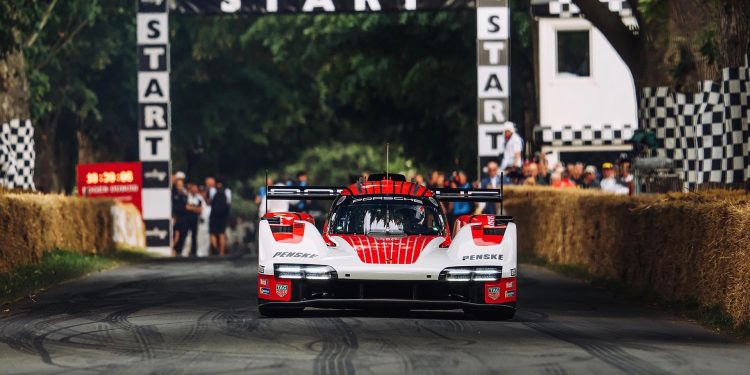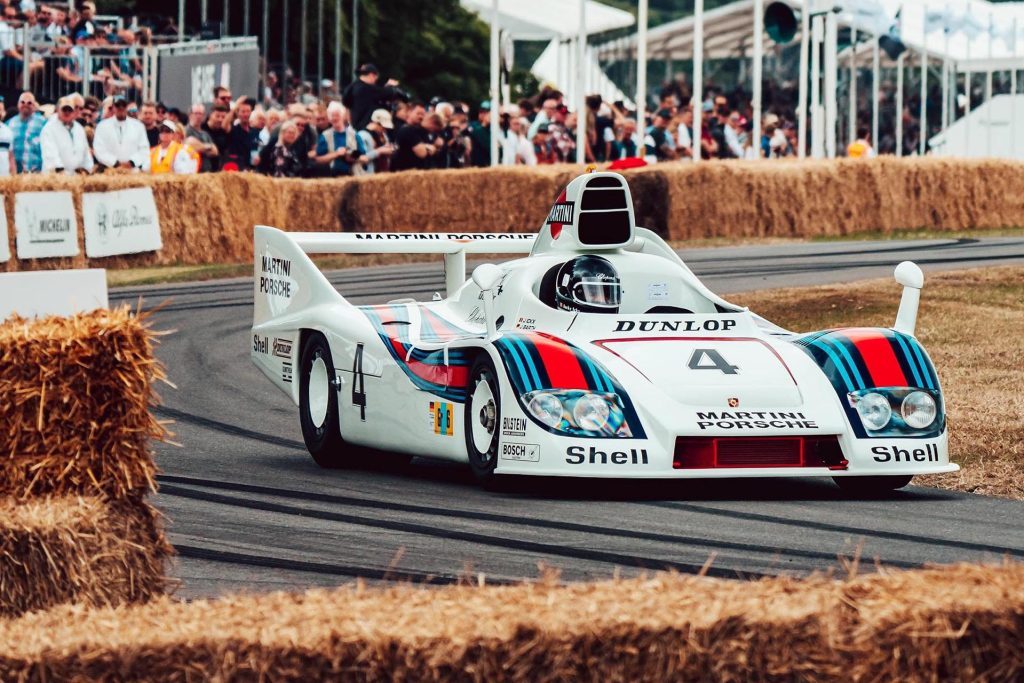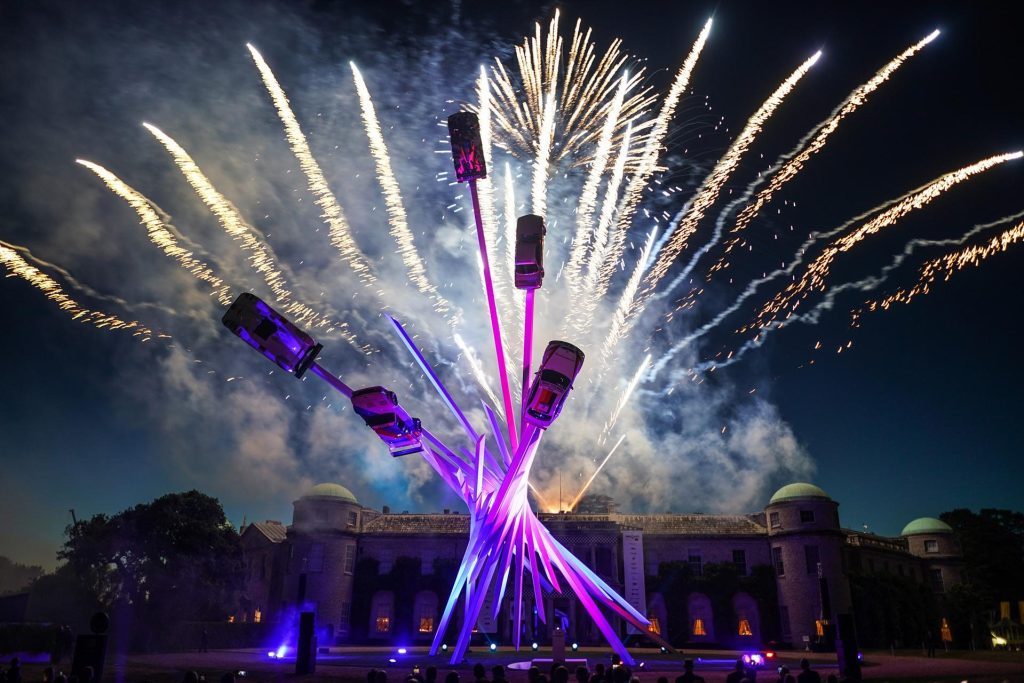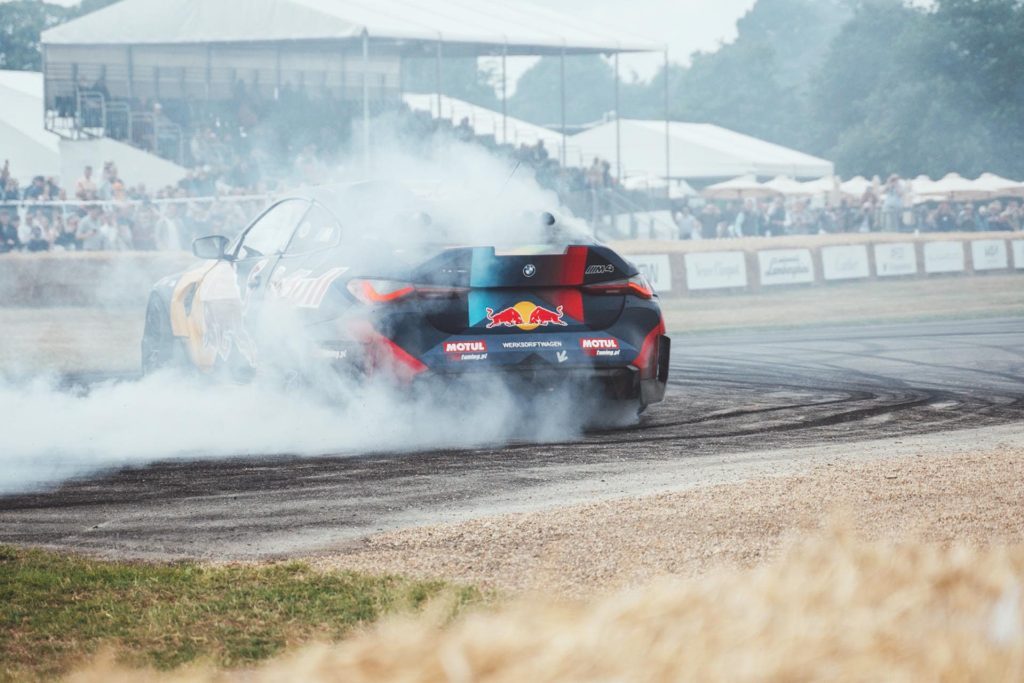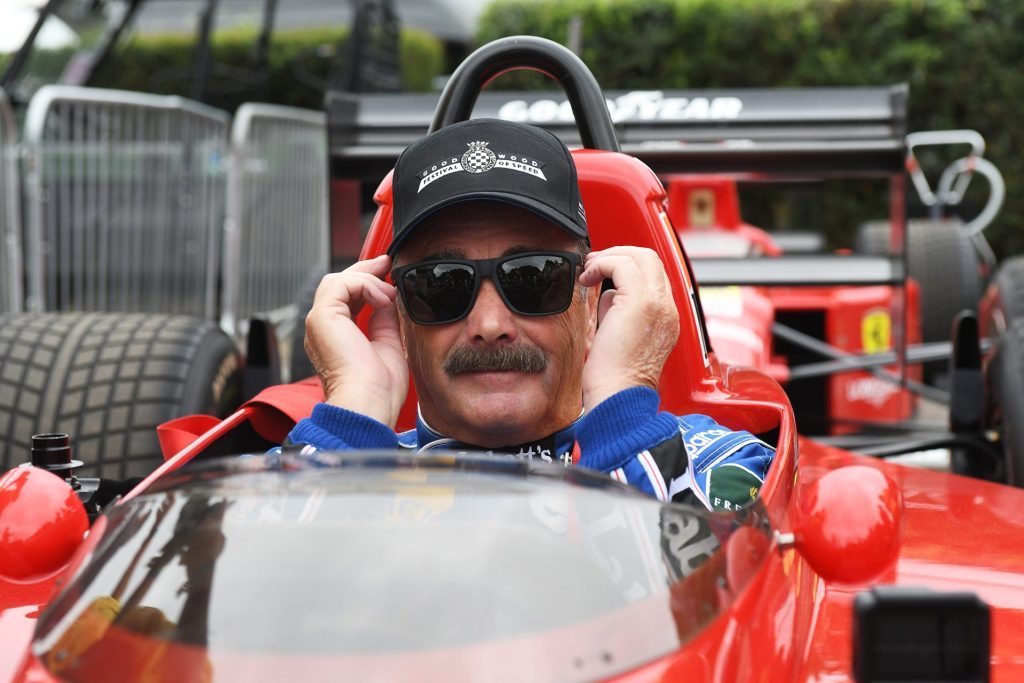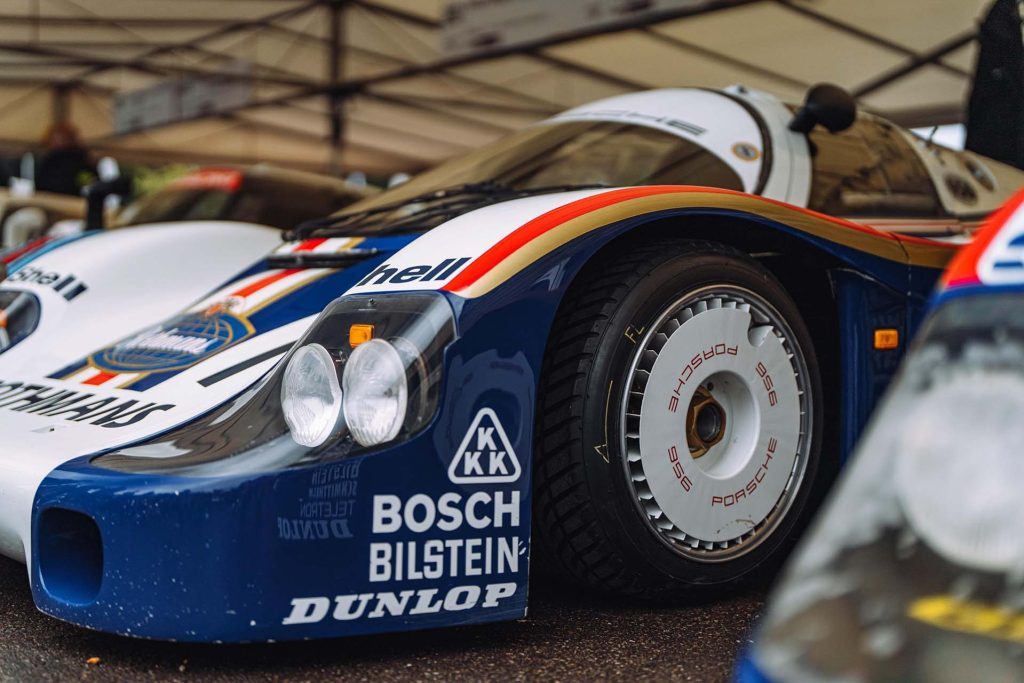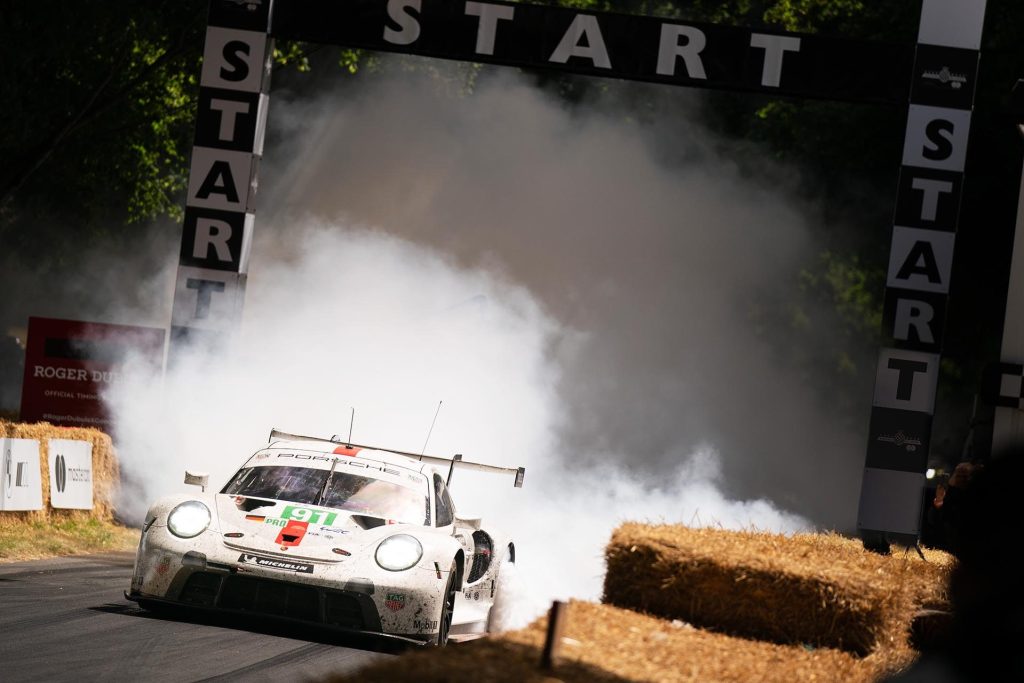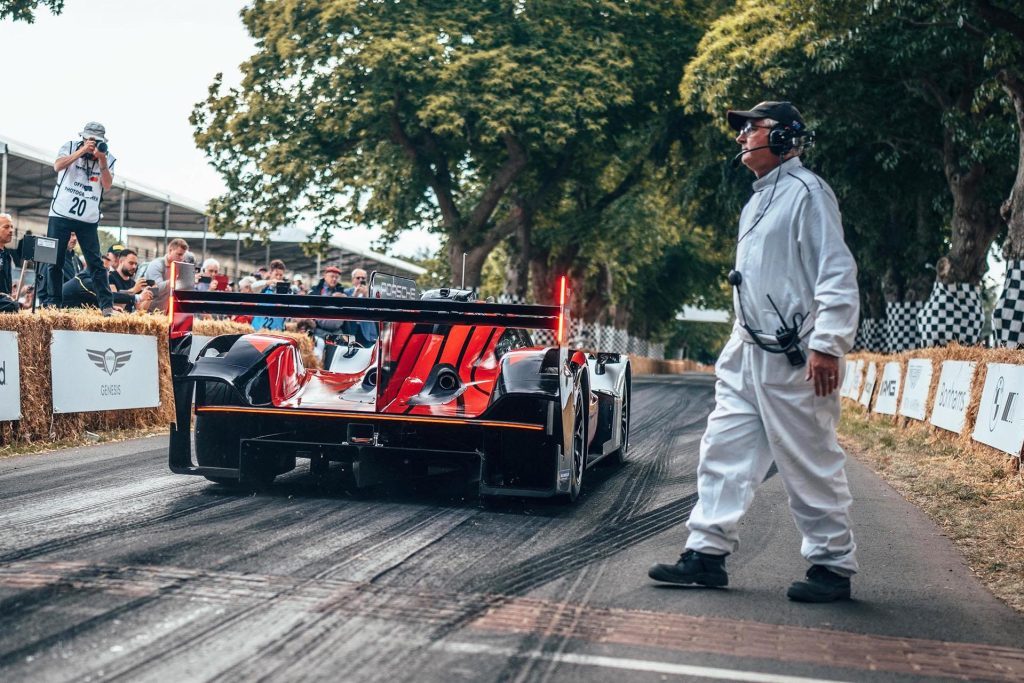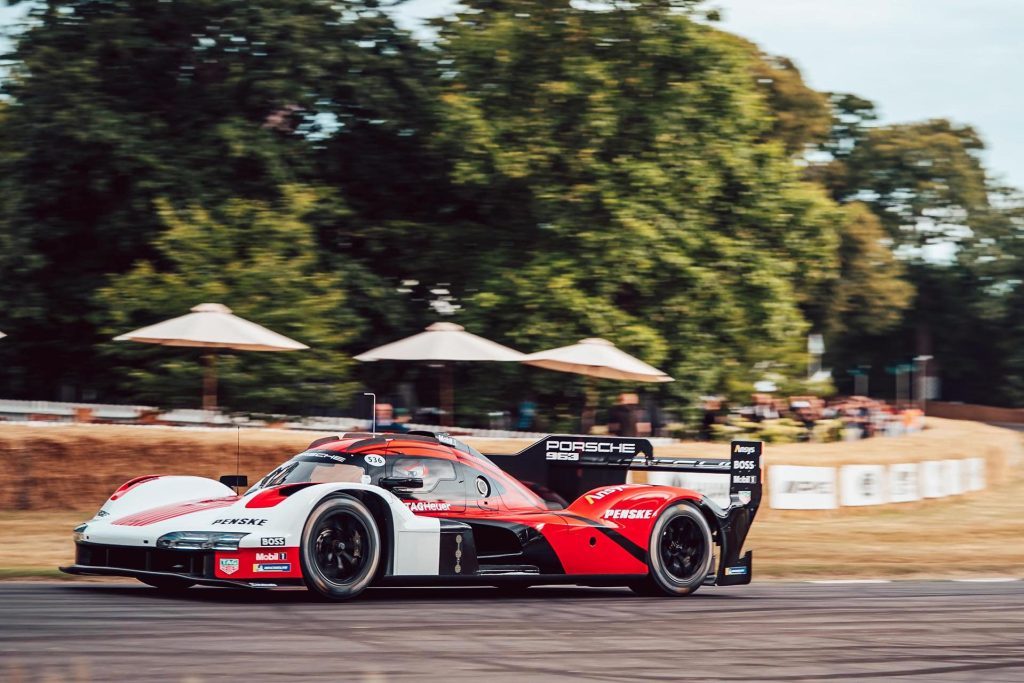2022 Goodwood Festival of Speed event report
Words: Kyle Cassidy | Photos: Supplied/KC
Porsches of all eras were on display at the Goodwood Festival of Speed. While it has a glorious, gas-fired past, Porsche is ensuring it’s ready for a fast, electrifying future.
The Goodwood Festival of Speed sees hundreds of historic and notable racing machines gather to celebrate the motor car. That sees many thousands of pistons pumping away over the weekend, exotic exhaust pipes emitting many sonorous sounds, filling the surrounding environs with the sweet aroma of burnt high octane hydrocarbons.
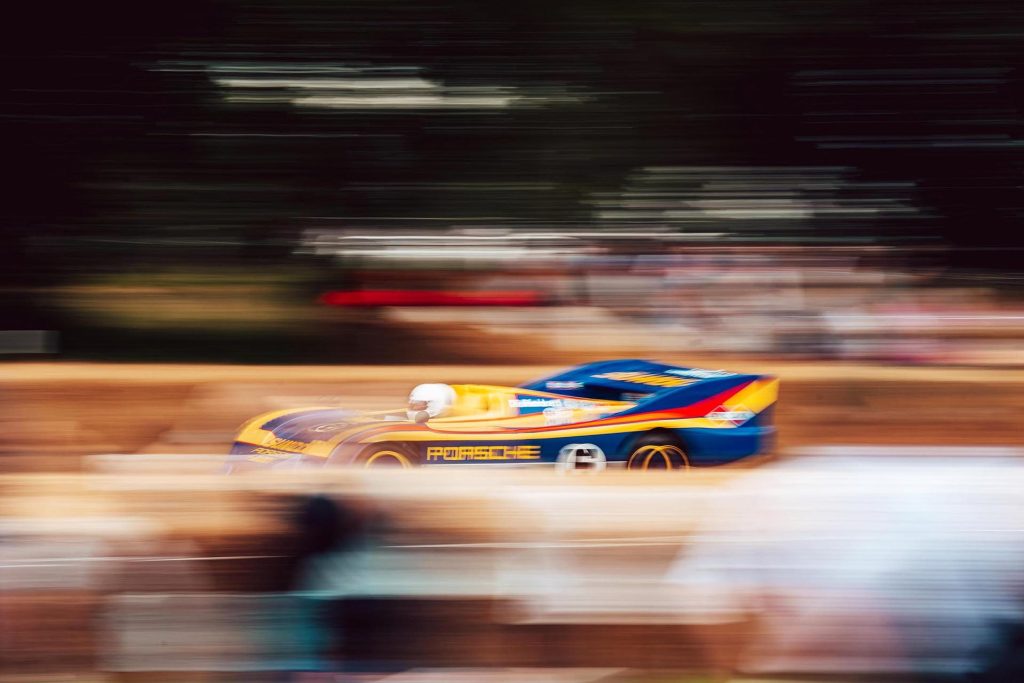
And yet it also showcases the future with many more electric cars on display and in action than the last time we went to this must-attend event six years ago. We don’t recall a single electric car taking to the hill back then.
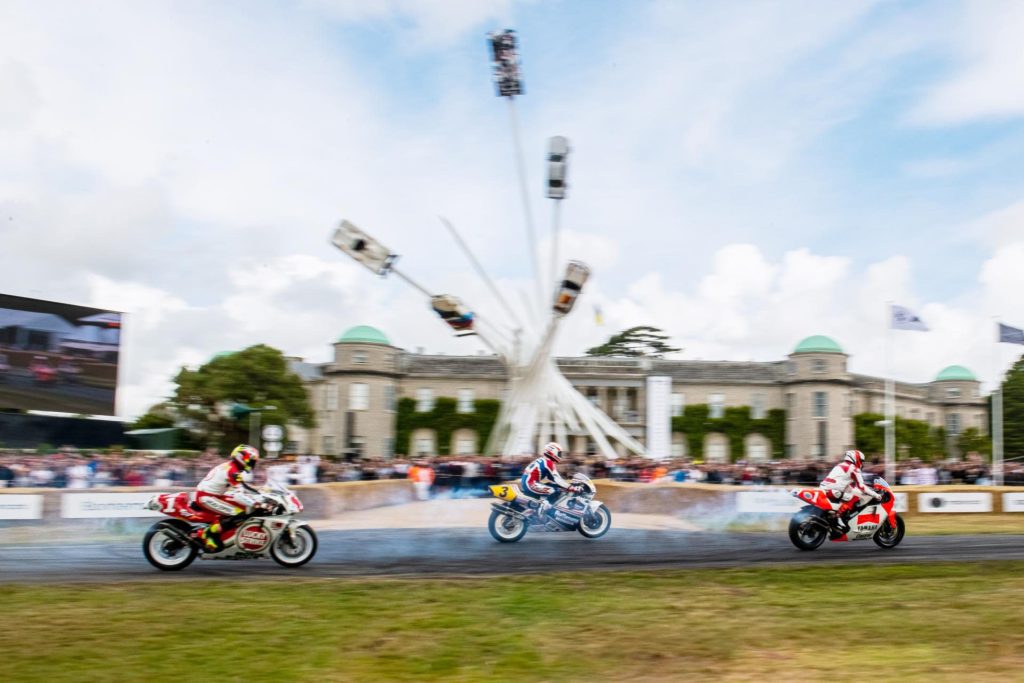
And now, the electrics are taking over. The fastest thing up the hill this year was the miniature Batmobile, the battery-powered McMurtry Automotive Speirling re-writing the record books with a blistering 39.08sec run. This eclipsed the official record of 41.60sec set by a McLaren MP4/13 back in 1999, although an electric VW ID R racer had run up the Duke’s driveway a few years back in 39.9sec.
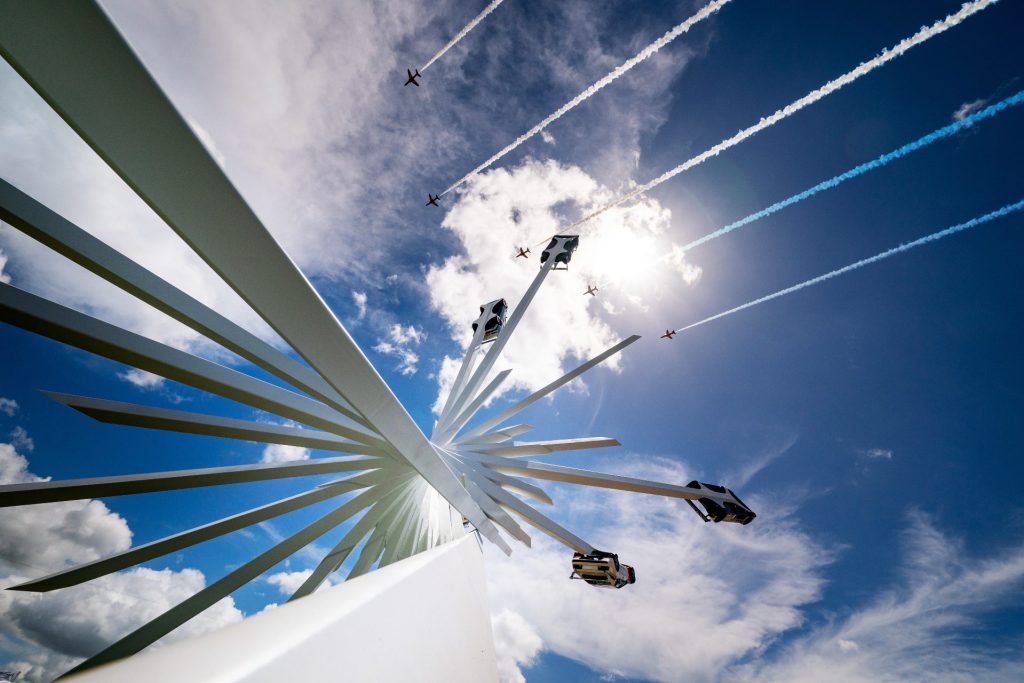
This year, four of the top ten cars were battery powered, including a van, and Porsche’s new rolling test bed, the GT4 ePerformance which managed the second quickest run of the weekend with a time of 45.50sec. The car’s international debut wasn’t without a hitch, one run being abandoned as the GT4 eP came to a slow halt not far from the start line. But it’s a work in progress, and second place first time out ain’t bad.
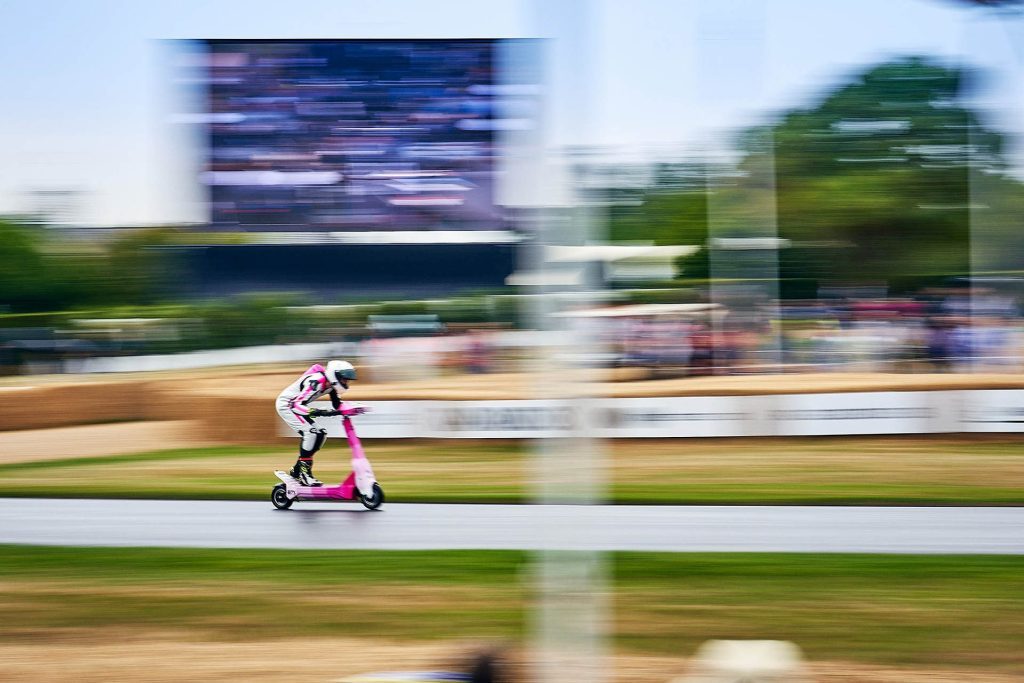
This then is effectively the next stage in the development of the brand’s first all-electric sports car as the next gen 718 Cayman is set to ditch engines completely when it debuts in 2024. This intent was first shown via the Mission R concept from 2021. This was ‘a vision of a fully-electric GT racing car for customer motorsport in the future’ and the GT4 ePerformance is a testbed for such a creation. It’s grounded in the present as both the concept and the GT4 ePerformance use the chassis of the 718 GT4 Clubsport. This development car has two motors delivering AWD capability and a maximum output of 800kW. They say ‘a steady 450kW is available for 30 minutes’, the same duration as a Carrera Cup race, and the firm reckons the GT4 eP is lapping as quickly as the current 992-generation 911 GT3 Cup car. On the hill climb, the GT4 eP outperformed the GT3 Cup flyer, which recorded 47.9sec, only good enough for seventh overall on the day.
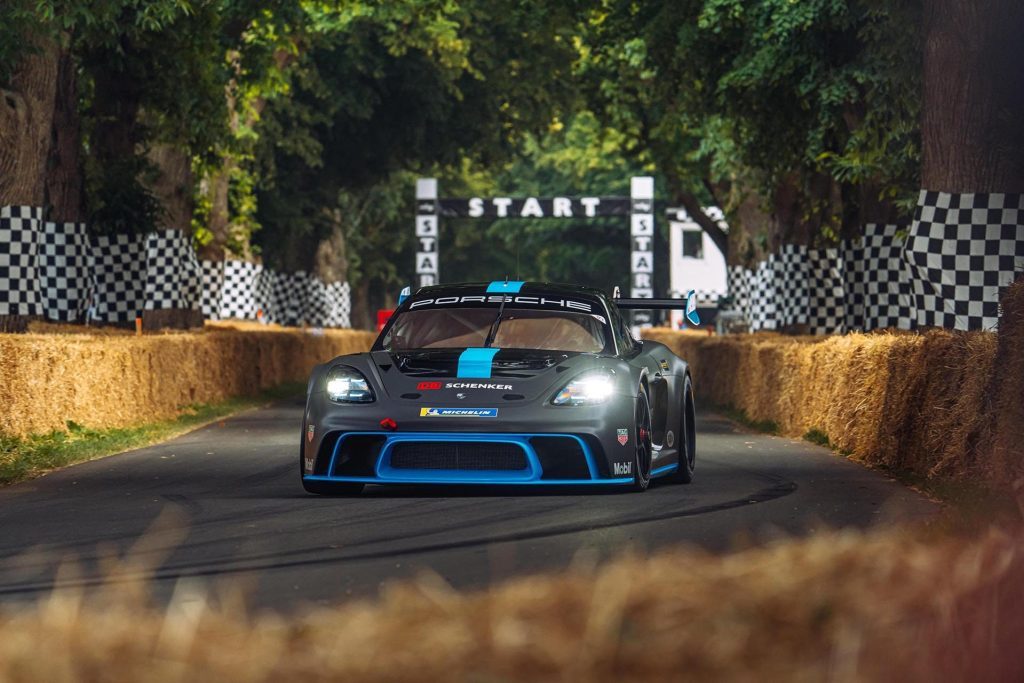
The GT4 eP has a 900-volt electrical architecture on board, allowing the 60kWh battery to be recharged from five to 80 per cent in about 15 minutes. To fit the constraints of the combustion engine-centric chassis, the battery is split into two packs, one in the front, the other to the rear which is said to give this a similar weight split to the mid-engined version.

The dual-motor set-up is arranged in such a way that the rear unit delivers more squirt for a classical rearward biased torque split. Along with a traction advantage, the dual motor strategy allows this racer to run with a smaller battery pack, yet have enough energy to last for 30minutes. This is because two motors can recuperate more energy under braking and so the car can be lighter overall rather than requiring a larger, heavier battery.
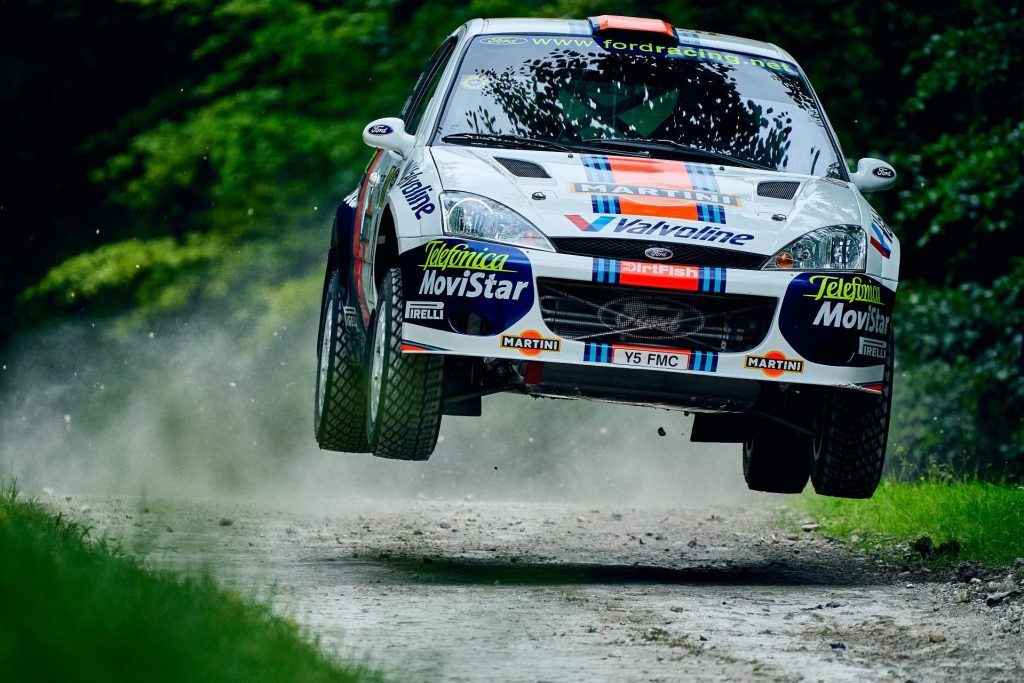
Over the next two years the GT4 ePerformance will be touring around the globe showcasing the technology at various motorsport events, while testing will continue at pace, learning lessons for that new electric Cayman and the racers it will spawn.
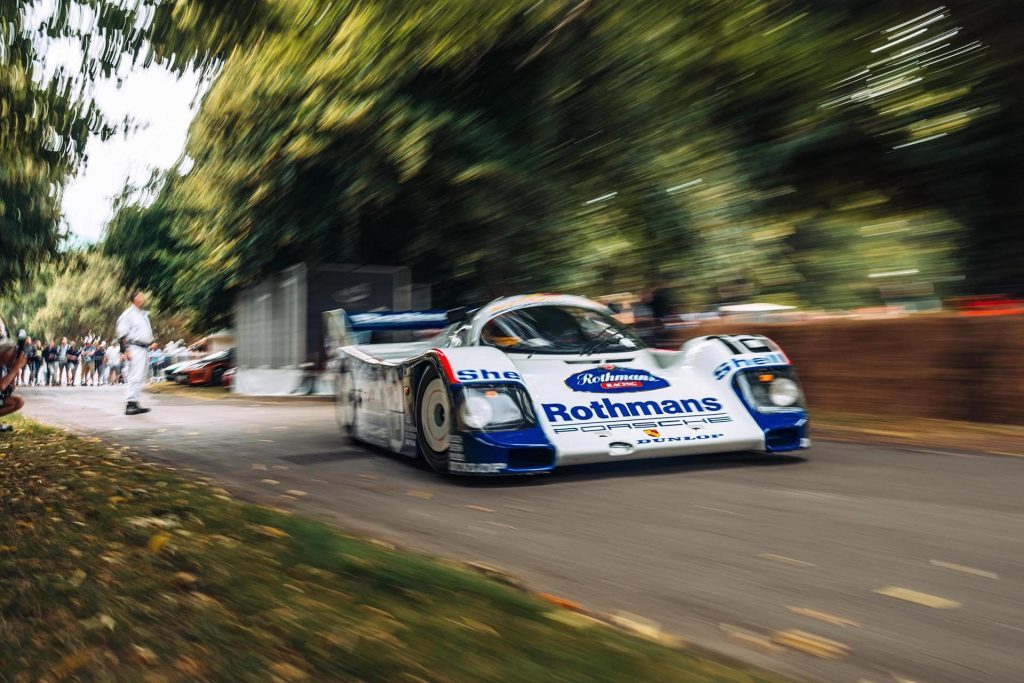
Porsche had many of its historic and significant racers running up the Goodwood hill climb over the weekend, highlighting the firm’s long tradition of sports car success. These included an early 917, the model that gave Porsche its first overall Le Mans win in 1970. Another was the 917/30, which was the ultimate development of that platform, one which would roll allcomers on the other side of the Atlantic in the Can Am series.
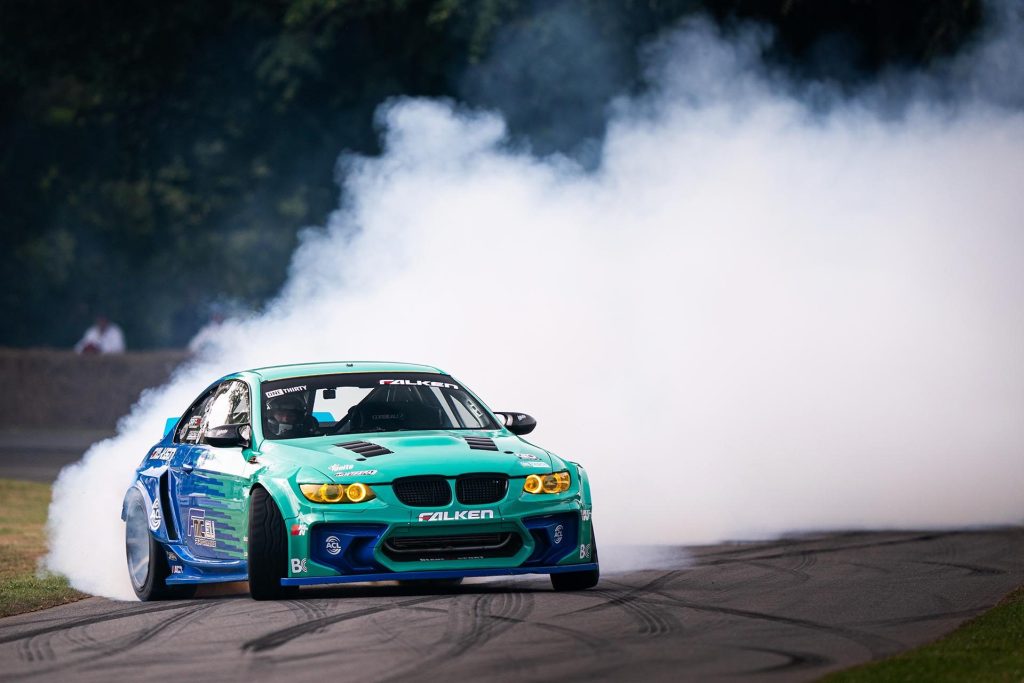
Other sportscar heroes included a couple of genuine Le Mans winners with the 1977 936 again being piloted by winner J.Ickx, while two 956s were also present. One was chassis 001 while the other was the 1982 Le Mans winner. The 956 was developed into the 962, which covered itself in Le Mans glory in 1986 and 1987. It also owned the American IMSA GT championship for five straight years. Porsche will be hoping to replicate these glory days with its new top flight endurance racer, also revealed at Goodwood. Even its name, 963, makes its intent clear; to follow on from the dominant 962.
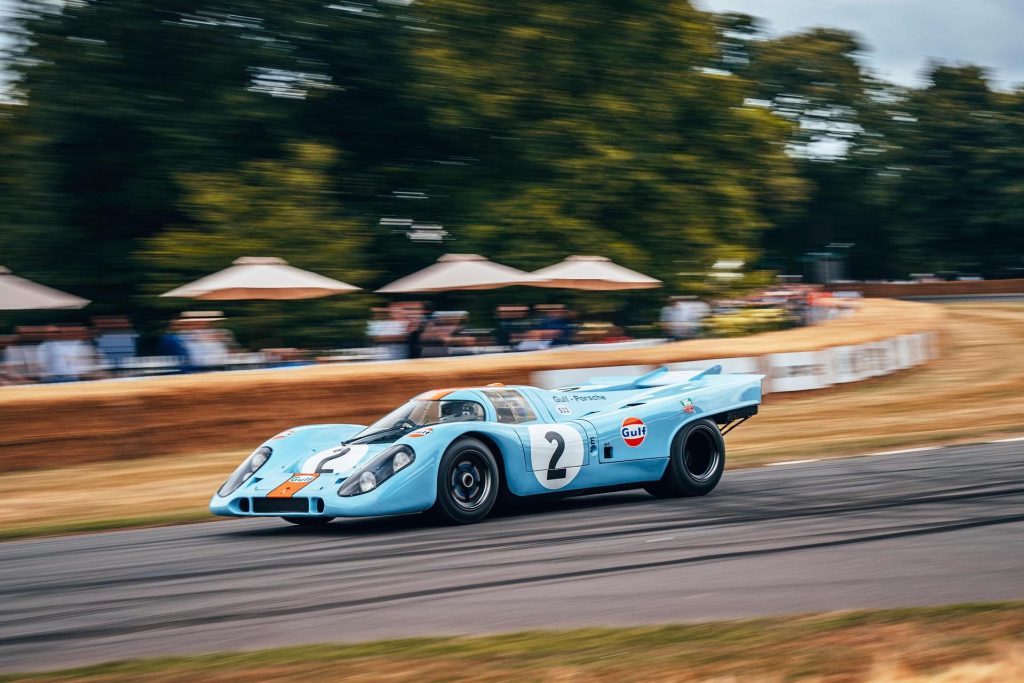
The new 963 LMDh (Le Mans Daytona hybrid) will be racing in 2023 in both the FIA World Endurance Championship and the North American-based IMSA GTP sportscar series, with the two competitions running the same formula. This will allow manufacturers to compete with one car in both championships, and gives Porsche a chance to claim the 24 hours of Daytona and Le Mans. The IMSA GTP field will be made up of ten cars next year with two cars each from Acura, BMW and Cadillac (whose driver line-up includes Kiwi Earl Bamber) while four Porsche 963s will line up. Two will be factory-backed Penske entries and two will be run by privateer teams. These guys will need to have deep pockets for the 963 is said to cost $US2.9 million apiece, though customers will get full Porsche service and engineering support at each race. Other manufacturers, like Lamborghini, are set to join the show in 2024.
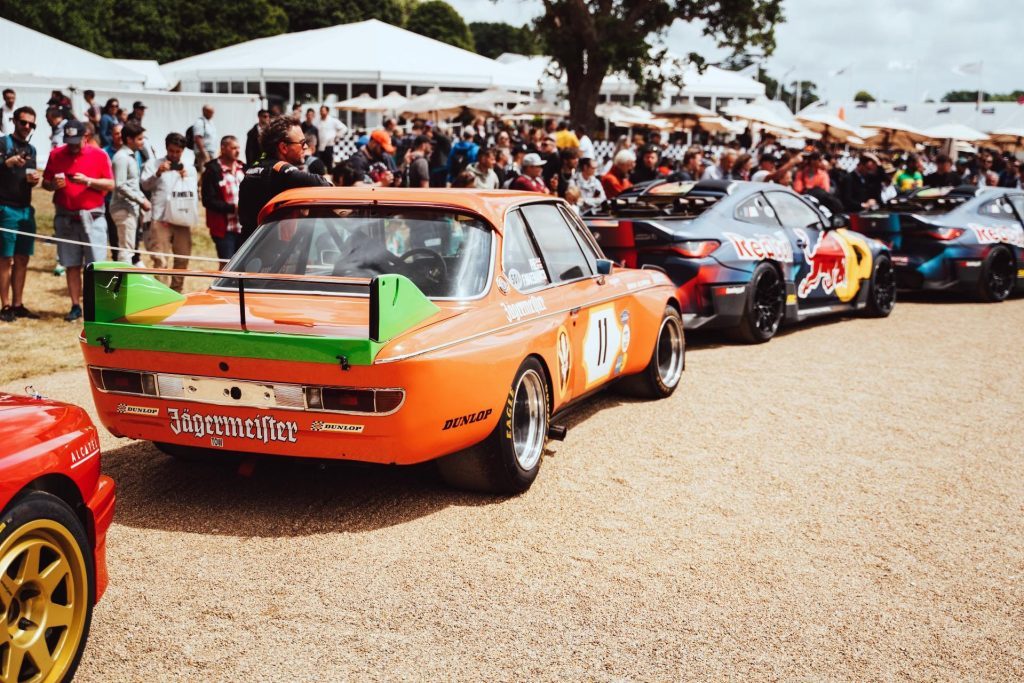
Speaking at the reveal in Goodwood, Thomas Laudenbach, Porsche’s Vice President of Motorsport said it was an easy decision for Porsche to develop a new LMDh spec car. “Endurance racing is in our DNA. We have a great history and the chance to compete with one car in both championships was a good thing to do.”
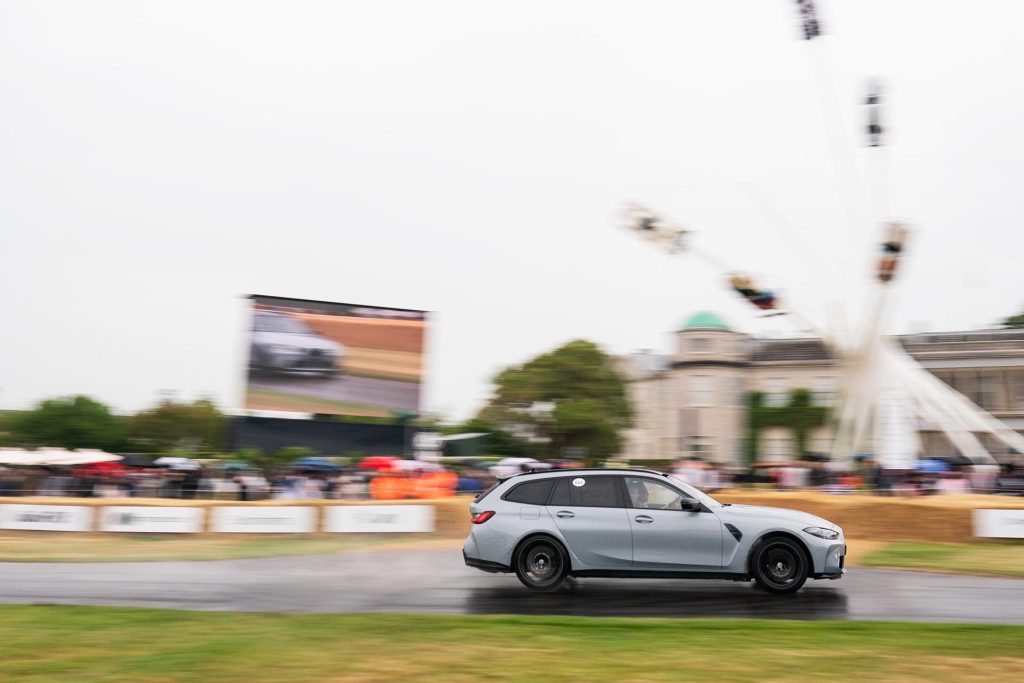
He also said the ‘financial efficiencies’ of the new rules are compelling. “If you look at the rules, you have some spec parts and some parts you develop yourself which gives you a chance to show your skills.” Laudenbach says the US market is important to Porsche, so to be able to chase two titles on either side of the Atlantic was attractive. But above all, he said Porsche is excited to be back in the top class of endurance racing.
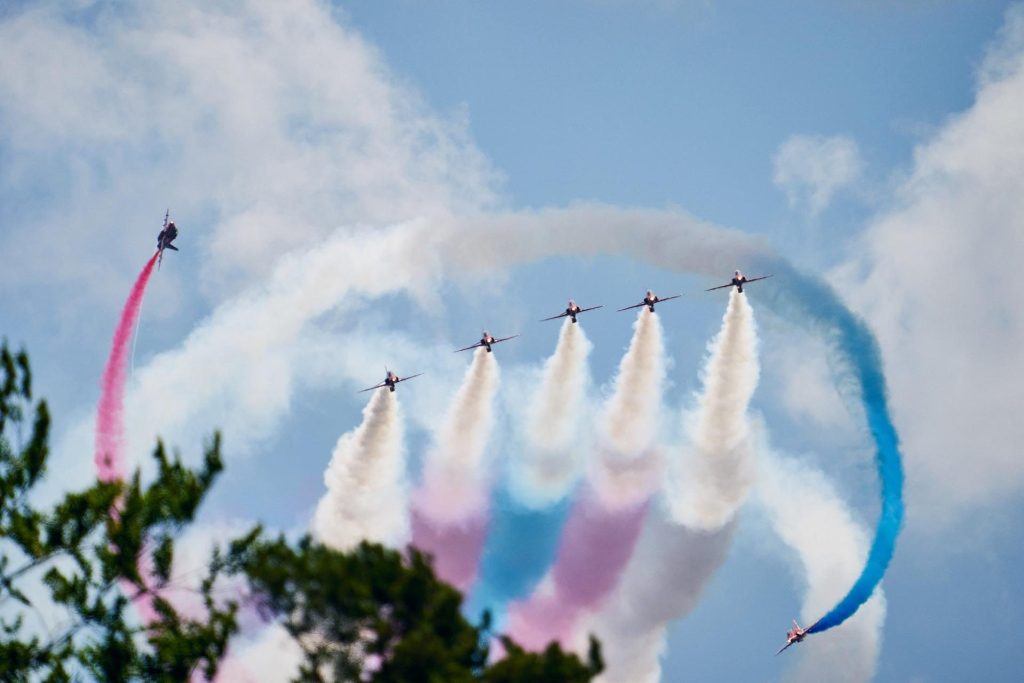
This year’s Le Mans should be a classic, being the 100th running of the event and Porsche is in with a chance to notch its 20th outright victory.
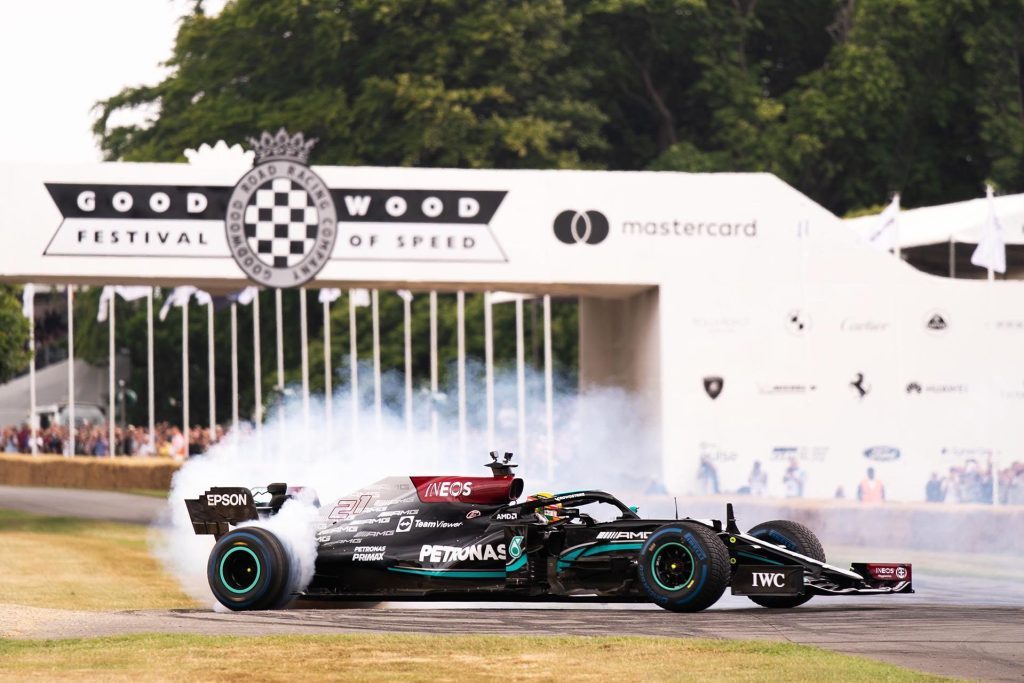
The 963 will have its first outing later this year in a non-competitive race in Bahrain, while its race debut will be at the 24 Hours of Daytona in January 2023. There will be four factory cars in total, the team headquartered in two locations, with the German-based squad concentrating on the FIA championship and the US team focusing on the IMSA series. Both teams will be sharing development data.
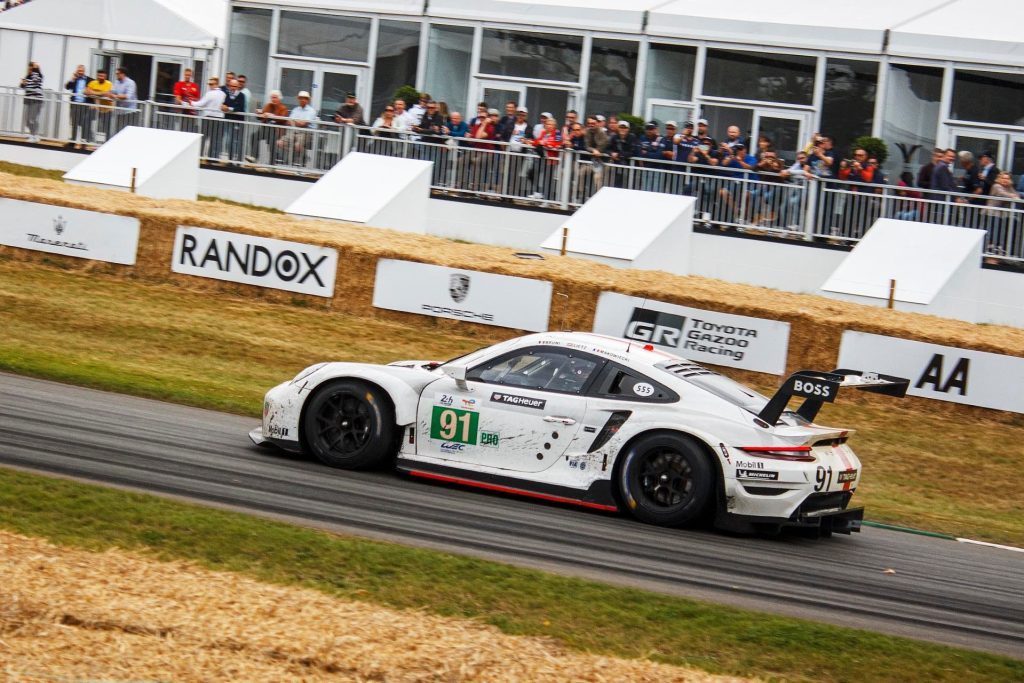
As per the LMDh regulations, the 963 is based on an LMP2-category chassis, which has been developed for Porsche by Multimatic. Bosch, Williams Advanced Engineering and Xtrac contribute the standardised hybrid components (a 40kW system on the rear axle for boosting and energy recovery) which, in the 963, marries to a twin-turbo, 4.6-litre V8, producing 500kW in total. This V8 is a development of the engine from the 918 Spyder hybrid, which can trace its roots back to the RS Spyder from the mid-2000s. At Le Mans, these LMDh cars will also be fighting for overall honours with those in the LMH (Le Mans Hypercar) class. Toyota and Peugeot are confirmed, while Ferrari also has a challenger in development. These LMH cars have more technical freedoms with the ability for teams to develop their own hybrid systems, for instance, but there is a balance of performance initiative so that both classes can duke it out for overall honours. Le Mans should be a doozy this year.


